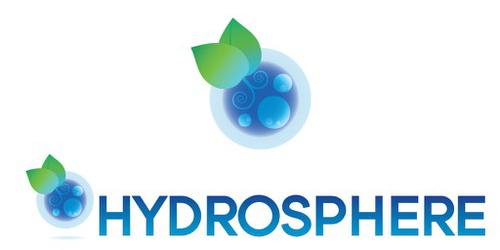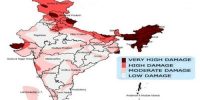The hydrosphere is a cohesive mass of aquifer that is found beneath and above the surface of a planet’s secondary planet or natural satellite. It has oceans, seas, lakes, ponds, rivers, and streams. Hydropower covers almost 70% of the earth’s surface and is home to many plants and animals. The smallest bacteria and the largest dinosaurs have all the necessary water. The hydrosphere is the water world that surrounds us all. Although Earth’s hydroelectricity has been around for 4 billion years, it continues to change in size. It spreads the marine floor and is caused by continental flows that reclaim land and sea.
Water is the most abundant substance on the surface of the earth. About 1.4 billion cubic km (326 million cubic miles) of water, in liquid and frozen form, is available in seas, lakes, streams, glaciers, and groundwater. Climate is always the same as the atmosphere. The speed of rivers and streams is easily seen, while the speed of water between lakes and reservoirs is less clear. It is estimated that there are 1,386 million cubic kilometers (333,000,000 cubic miles) of water on Earth. These include groundwater, oceans, lakes, and streams in liquid and frozen water. This cycle consists of multiple reservoirs containing water, the processes by which water is transferred from one reservoir to another (or from one state to another), and the transfer rates associated with these national processes. These transfer paths enter the entire hydropower, extending to depths of about 15 km (9 mi) in the Earth’s atmosphere and below the 5 km (3 mi) sequence of its subsoil. Saltwater amounts to 97.5% of this amount, but the salt content is only 2.5%. 68.9% of these freshwaters are in the form of ice and permanent snow cover in the Arctic, Antarctic and mountain glaciers; 30.8% in the form of fresh groundwater; And only 0.3% of the world’s fresh water is in easily accessible lakes, reservoirs, and river systems.
It is important to note that the hydrosphere is largely composed of water, but there are some “impurities” or additions to this water that include dissolved minerals, dissolved gases, and particles. Some of these can be considered pollution, while others are essential for the health of the ecosystem. In the climate system, oceans serve two main purposes. First, it is a large reservoir of chemicals that can contribute to the greenhouse effect and contribute to 90% of the absorbing energy of 90% of solar radiation in the atmosphere. The reservoir changes very slowly, limiting how quickly the climate can change. Secondly, it works to redistribute the energy received from the sun with the atmosphere in such a way that the heat in the subjects where much energy is obtained from the sun is transferred to the poles, where the heat is usually lost near the ground. For example, excessive sediment is harmful to surrounding ecosystems, while inadequate levels of dissolved oxygen in water create a hypoxic situation that can damage the ecosystem. Thus a fine balance is needed for healthy ecosystems that surround different elements of the hydrosphere.













